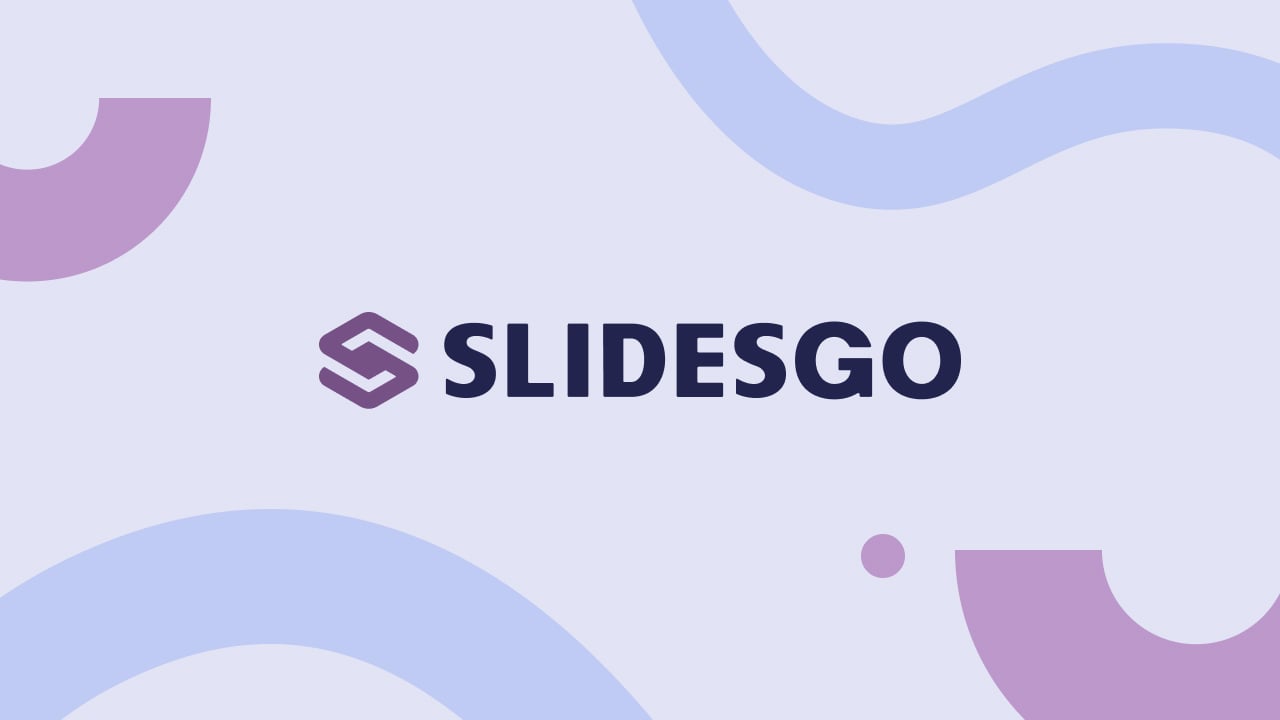
Slidesgo: Complete Buyer's Guide
Accessible AI presentation maker
Slidesgo positions itself as an accessible AI presentation maker targeting rapid template-based slide creation, claiming over 70 million users and 4 million monthly presentations generated[40]. The platform operates primarily in the SMB and education segments, where template variety and cost-effectiveness drive adoption over enterprise-grade features[40][51].
Market Position & Maturity
Market Standing
Slidesgo operates in the accessible presentation design market segment, competing primarily on template accessibility and cost-effectiveness rather than enterprise features[40][41].
Company Maturity
Company maturity indicators include substantial user base claims and monthly presentation generation volumes, though specific financial metrics, funding status, and revenue growth data require verification from current official sources[40].
Strategic Partnerships
Strategic partnerships with Freepik and Flaticon provide asset library advantages, though broader ecosystem integration capabilities remain limited compared to enterprise-focused alternatives[40][45].
Proof of Capabilities
Customer Evidence
Educational sector adoption demonstrates measurable value realization, with instructors achieving 3-5 hours weekly time savings for routine educational materials through automated template-based content generation[44][51].
Quantified Outcomes
Performance validation shows 50-70% faster presentation creation compared to manual methods for educators and SMB users, though these improvements concentrate in routine presentation types rather than complex technical content[40][51].
Market Validation
Market validation includes 4 million monthly presentations generated across the platform's user base, indicating substantial production volume and user engagement[40].
AI Technology
Slidesgo's AI Presentation Maker automates three primary functions: content structuring from topic inputs, visual template matching based on style preferences, and basic design layout generation[40][41].
Architecture
The technical architecture relies on extensive template libraries integrated with Freepik and Flaticon assets, providing users access to millions of design elements through automated matching algorithms[40][45].
Primary Competitors
Primary competitors include Beautiful.ai for enterprise governance features, Gamma for advanced customization capabilities, and Canva Enterprise for comprehensive design ecosystem integration[41][44][56].
Competitive Advantages
Competitive advantages include extensive Freepik/Flaticon image library integration, strong free-tier accessibility, and 40% time reduction through template-switching capabilities[40][44][45].
Market Positioning
Market positioning targets SMB and education segments where template-based automation meets presentation requirements without enterprise-grade complexity. This positioning enables competitive differentiation through cost-effectiveness and accessibility rather than sophisticated functionality[40][51].
Win/Loss Scenarios
Win/loss scenarios favor Slidesgo in cost-sensitive implementations requiring template variety over customization depth. The platform wins against alternatives when organizations prioritize accessibility and design cost elimination over enterprise governance features[48][51][56].
Key Features

Pros & Cons
Use Cases
Featured In Articles
Comprehensive analysis of AI Presentation Design Templates for AI Design for AI Design professionals. Expert evaluation of features, pricing, and implementation.
How We Researched This Guide
About This Guide: This comprehensive analysis is based on extensive competitive intelligence and real-world implementation data from leading AI vendors. StayModern updates this guide quarterly to reflect market developments and vendor performance changes.
59+ verified sources per analysis including official documentation, customer reviews, analyst reports, and industry publications.
- • Vendor documentation & whitepapers
- • Customer testimonials & case studies
- • Third-party analyst assessments
- • Industry benchmarking reports
Standardized assessment framework across 8 key dimensions for objective comparison.
- • Technology capabilities & architecture
- • Market position & customer evidence
- • Implementation experience & support
- • Pricing value & competitive position
Research is refreshed every 90 days to capture market changes and new vendor capabilities.
- • New product releases & features
- • Market positioning changes
- • Customer feedback integration
- • Competitive landscape shifts
Every claim is source-linked with direct citations to original materials for verification.
- • Clickable citation links
- • Original source attribution
- • Date stamps for currency
- • Quality score validation
Analysis follows systematic research protocols with consistent evaluation frameworks.
- • Standardized assessment criteria
- • Multi-source verification process
- • Consistent evaluation methodology
- • Quality assurance protocols
Buyer-focused analysis with transparent methodology and factual accuracy commitment.
- • Objective comparative analysis
- • Transparent research methodology
- • Factual accuracy commitment
- • Continuous quality improvement
Quality Commitment: If you find any inaccuracies in our analysis on this page, please contact us at research@staymodern.ai. We're committed to maintaining the highest standards of research integrity and will investigate and correct any issues promptly.